barn construction
cheryl_p
14 years ago
Related Stories
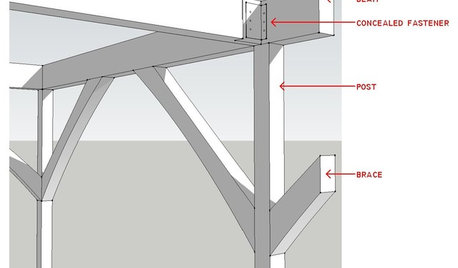
REMODELING GUIDESKnow Your House: Post and Beam Construction Basics
Learn about this simple, direct and elegant type of wood home construction that allows for generous personal expression
Full Story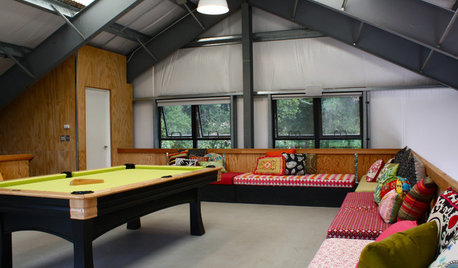
OUTBUILDINGSSee a Party Barn Shaped Like a Game Piece on the California Coast
It hosted 48 for Thanksgiving and has cushions as big as beds. Peek inside a barn that really knows how to party
Full Story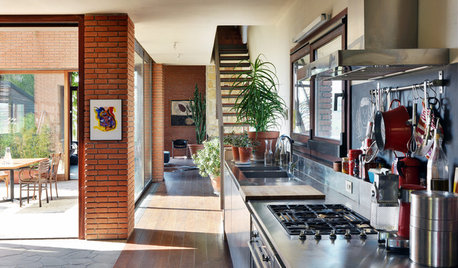
HOMES AROUND THE WORLDHouzz Tour: Barn Style Gets a Modern Update in Italy
Traditional architecture combines with contemporary features in a vacation house designed for indoor-outdoor living
Full Story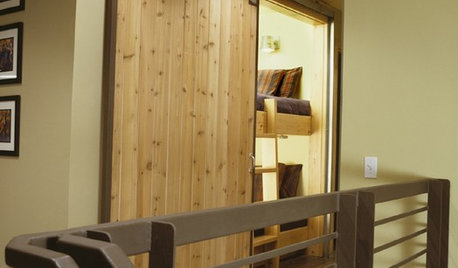
DOORSDoors With Character, Raised in a Barn
Save Space or Make a Statement With the Great Look of a Barn Door Inside
Full Story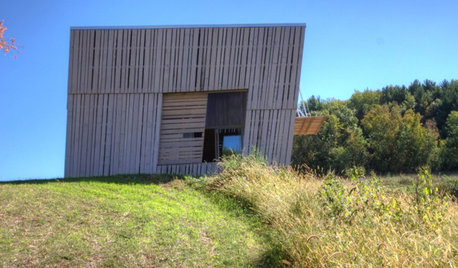
HOUZZ TOURSHouzz Tour: A Simple Barn House in Rural Wisconsin
This newcomer to a well-established community has an exterior that fits right in, but its interior has a modern edge
Full Story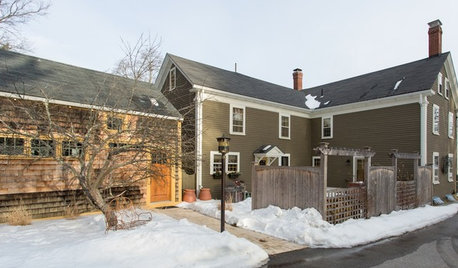
BARN HOMESAn 1850s Barn Gets a Family-Friendly Makeover
Game night is on — and guests can spend the night — in an attached barn redone with respect for the past
Full Story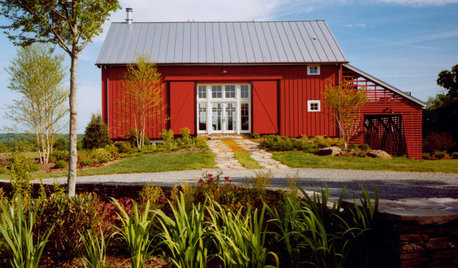
BARN HOMESOn an Architect's Bucket List: To Live in a Barn
Barn renovations celebrate the comfort of simple, big shapes, tied to the land
Full Story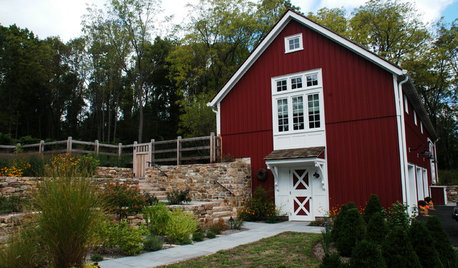
HOUZZ TOURSHouzz Tour: Farmhouse Meets Industrial in a Restored New Jersey Barn
Amish craftsmen, trusting clients and an architect with a vision save a historic barn from a complete teardown
Full Story
DOORS5 Questions to Ask Before Installing a Barn Door
Find out whether that barn door you love is the right solution for your space
Full Story
HOUZZ TOURSMy Houzz: Turning a Netherlands Barn Into a Country Home
Once a place for chilling milk, this Dutch home now lets the owners chill out in easygoing comfort
Full Story





pamghatten
nhsuzanne
Related Professionals
Woodinville Landscape Architects & Landscape Designers · East Patchogue Landscape Architects & Landscape Designers · Apollo Beach Landscape Contractors · Eagle Landscape Contractors · New Baltimore Landscape Contractors · West Orange Landscape Contractors · Palos Hills Landscape Contractors · Atascadero Fence Contractors · Canoga Park Fence Contractors · Woodinville Fence Contractors · Billerica Decks, Patios & Outdoor Enclosures · Clermont Decks, Patios & Outdoor Enclosures · Montgomery County Decks, Patios & Outdoor Enclosures · Novi Decks, Patios & Outdoor Enclosures · Wilmington Decks, Patios & Outdoor Enclosuresoberhasli1
goodhors
cheryl_pOriginal Author
cheryl_pOriginal Author
Beeone
laturcotte1
cheryl_pOriginal Author
pamghatten
goodhors
Sherwood Botsford (z3, Alberta)